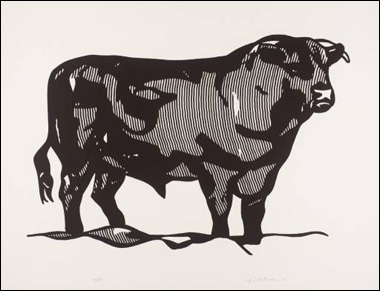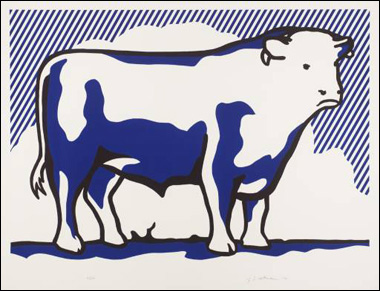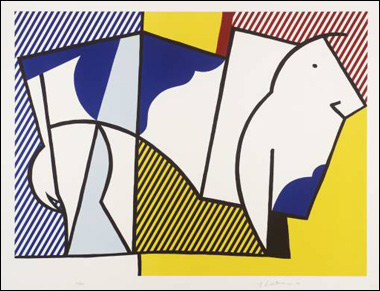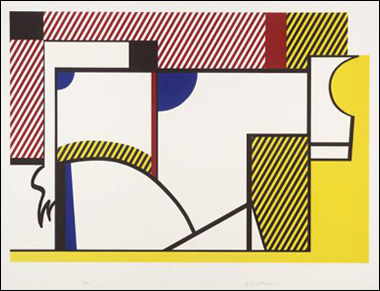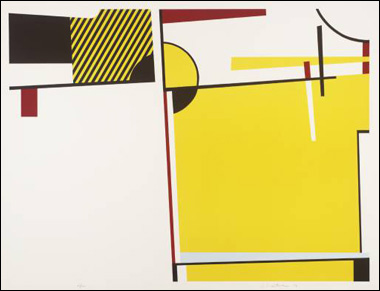
So there you are, standing in front of another abstract art piece.
Perhaps it’s a painting of squares and lines, with blobs of color in between. Or maybe it’s a sculpture downtown that looks vaguely like giant mushrooms, with benches scattered around it and a plaque containing the artist’s name embedded in its base. Or, it could be that you’re lucky enough to be standing in front of Guernica, the famous Cubist painting by Picasso, or even one of Jackson Pollock’s splatter paintings.
Abstract art is so varied and (usually) so strange that people often wonder what it means or why it is the way it is. But believe it or not, abstract art started out looking not so very different than “normal” representational art.
In medieval times, to “abstract” meant to “take away from,” and ever since then artists have always abstracted from the real world just by drawing what they see. Interestingly, the same word is used today to mean a short explanation or summary written about scientific articles and scholarly papers.
As an art term, it was in the mid-1800s that “abstract art” really became what it is today: recognizable simply because it ISN’T anything else that we can put a name to.
To a purist, abstract art should in some way represent, or at least be taken from, something real. But in all reality, the word “abstract” now tends to include all non-representational art too.
I suppose you could call me a bit of a purist, because I like finding the representational within abstract art. I’ve chosen to show you these next six images (Bull Profile Series by Roy Lichtenstein) so you can see exactly what I mean.
Bull I is purely representational work of art. And perhaps a little boring, although technically nice.
In Bull II, Lichtenstein adds color, distorts the shapes a bit, and introduces diagonal lines to the background. However, it’s still fairly true in the visual sense of what a bull looks like.
By Bull III, you can really see the abstracting taking place, as Lichtenstein reduces the body of the bull into geometric shapes. There’s still a “body” there, but it’s the “idea” of a bull that comes through more than a realistic image.
Bull IV is my favorite in the series. Lichtenstein’s come up with a composition that to me contains some essence of “bullishness” but relies on very simple visual cues to do so: the curve at the head, where horns would be; the shape of the tail; and two spots of blue to delineate a multi-colored hide.
In his final piece, Bull V, Lichtenstein produces a pure abstraction, where only our own imaginations can be credited for conjuring up the idea of a bull. Of course, he’s set the stage in his other four works to make sure that our minds do exactly that.
These “steps” between reality and abstraction act almost like a slow-motion reply of the artist’s process, and for me, really illustrate the purpose of abstract art.
If you’re still wondering how to look at an abstract work of art, here’s what I do.
I think backwards from the final product and imagine how the artist first envisioned the work, then look at the finished product as a culmination of the artist’s journey.
In addition, I try to understand the overall effort that was made and appreciate the visual experience as I can – and only rarely do I look for any deeper meaning.
So don’t stress yourself out. It’s just art, after all. . . Enjoy it!
This post may contain affiliate links.
